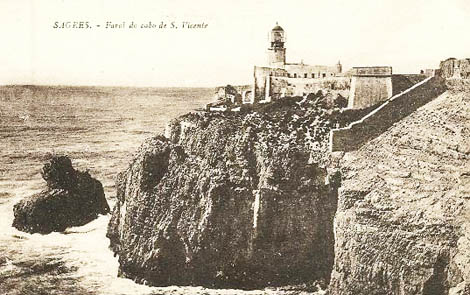 The last day of the presidential visit to the Algarve, February 18, 1932, was entirely dedicated to Barlavento.
The last day of the presidential visit to the Algarve, February 18, 1932, was entirely dedicated to Barlavento.
After the solemn reception at the Town Hall of Lagos, there was a brief visit to Infantry Barracks 15 and a trip by the delegation to Sagres. Still in Lagos, a long procession of automobiles was formed, which were “bleached from the windows with clouds of flower petals”.
The trip to the Sacro Promontory did not deserve great descriptions by the press, although the newspaper “O Século” had inserted some notes. Along the way, there was the procession awaited by the “inhabitants, with associative banners, school children and rockets, which festively set off at the approach of the Head of State's car”.
The delegation headed first to Cabo de S. Vicente and then to the “old fortress at Ponta de Sagres, full of such beautiful traditions, where the visit was brief due to the late hour”.
After a few minutes of contemplating the panorama, the presidential entourage returned to Lagos, renewing the same manifestations on the way.
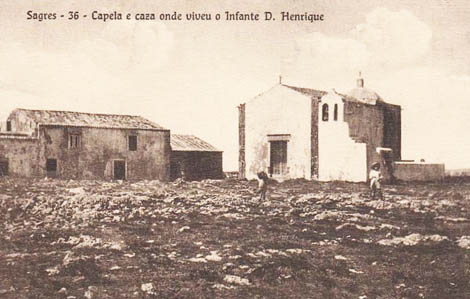 At the train station, the president was awaited by local authorities, collectives and “a very large crowd who made him and the members of the government an enthusiastic farewell, acclaiming them with delirium”.
At the train station, the president was awaited by local authorities, collectives and “a very large crowd who made him and the members of the government an enthusiastic farewell, acclaiming them with delirium”.
At 14:15 pm the train left Lagos station towards Lisbon, being greeted by “frenetic cheers and the explosion of mortars”.
During the trip, there are two popular demonstrations at the Messines-Alte and Odemira stations. In the first, there were great displays of rejoicing, enhanced by the Silves philharmonic, with the head of state having greeted the population, more than a thousand people, according to the estimate presented by “O Século”.
The stop in Messines took place at the request of the Chamber of Silves, since the president had not visited the city, presenting that corporation there with his greetings.
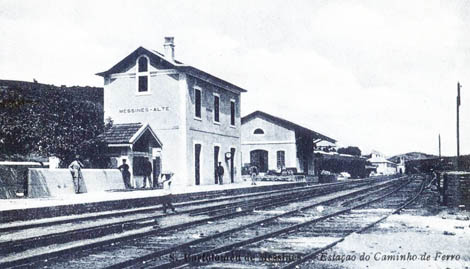 Also in Odemira, the stop was made at the request of the local authority, with General Óscar Carmona going down to the station platform, where the mayor, César Carvalho de Miranda, “greeted him, wishing him a good trip, and delivering a message. , in which, warmly, its residents thank the improvements made in that county.” At the start of the composition, the “acclaims intensified, a rocket spinner rising into the air”.
Also in Odemira, the stop was made at the request of the local authority, with General Óscar Carmona going down to the station platform, where the mayor, César Carvalho de Miranda, “greeted him, wishing him a good trip, and delivering a message. , in which, warmly, its residents thank the improvements made in that county.” At the start of the composition, the “acclaims intensified, a rocket spinner rising into the air”.
At 19:20 pm, the convoy entered Barreiro where, after a session of greetings, the entourage took the boat towards Lisbon. The presidential journey by car, boat and train across the Algarve was now coming to an end.
For four days, Algarve was in the national newspapers
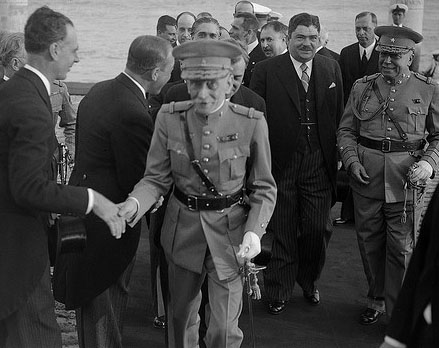 The region dressed up to welcome the head of state, and the four-day presidential trip catapulted it to the front pages of national newspapers.
The region dressed up to welcome the head of state, and the four-day presidential trip catapulted it to the front pages of national newspapers.
The main aspirations of the Algarvians were reported, who did not forget the terrible crisis in which they lived (the industry was stagnant, the city councils over indebted, etc.).
In short, in the words of Ramalho Ortigão, “the Algarve was sick, its trade impoverished, its industry ruined, and its agriculture vegetating”. But the apology of the current regime was essentially consummated, advertised by the numerous works carried out, all over the place.
In the days following the visit, the regional press reported the journey as "very remarkable" and "truly triumphant" for the weekly "O Algarve", while for "Correio do Sul" it had been "deliriously acclaimed everywhere and by all the social classes”, representing the “consecration of the patriotic work of the National Dictatorship”.
If the national daily press allows us to confirm the assertions of these Algarve periodicals, it is no less true that all of them were previously debugged by the Censorship Commission.
Silves on the outside for fear of the workers' reaction
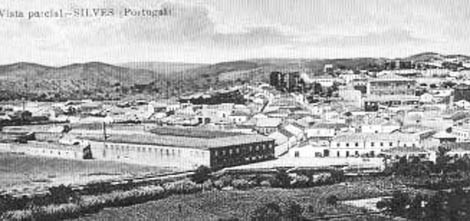 On the other hand, the incomprehensible exclusion of Silves from the presidential tour, despite being included in the provisional programs, highlights the uncertainty on the part of the authorities regarding the behavior of a population that is mostly working-class and widely known as opposition. A measure that made it possible to prevent any incident that might jeopardize a trip that was wanted to be successful.
On the other hand, the incomprehensible exclusion of Silves from the presidential tour, despite being included in the provisional programs, highlights the uncertainty on the part of the authorities regarding the behavior of a population that is mostly working-class and widely known as opposition. A measure that made it possible to prevent any incident that might jeopardize a trip that was wanted to be successful.
The decoration of old and simple workers, "greyed in the hard toils of life, all exemplary and honorable citizens", in the words of "Correio do Sul", will also have contributed to the success of the visit, and to a new social order, which he wanted humble, obedient and exemplary.
President Carmona's trip was filmed in full
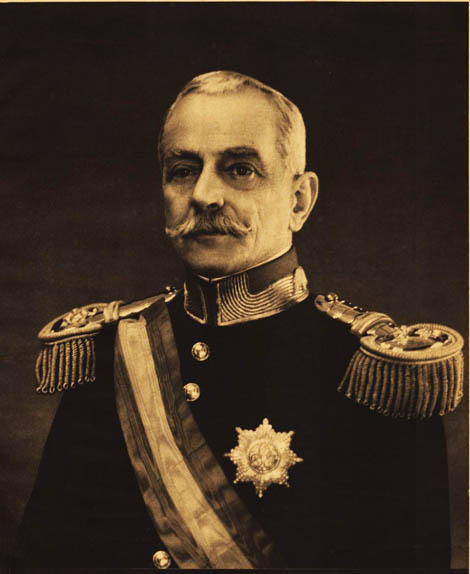
President Carmona's visit had yet another feature: it was filmed.
Although some filming was made by the Film Section of the Army during President Sidónio Pais' visit to the region in 1918, they did not assume the magnitude of the film “General Carmona's trip to the Algarve”, directed and produced by Aníbal Contreiras.
President Carmona would return to the region in the following years, but for the history of the Algarve, this first visit is essentially marked by the inauguration of the Roxo bridge, which allowed the region's first road connection with the rest of the country.
Traveling by road, worthy of the name, between the Algarve and Lisbon was finally possible, and all this only 81 years ago.
Read the 1st part of this article here: Read the 2st part of this article here: Read the 3st part of this article here: Read the 4st part of this article here: Read the 5st part of this article here: Read the 6st part of this article here: Read the 7st part of this article here Read the 8st part of this article here. Read the 9th part of this article here. Read the 10th part of this article here.

Author Aurélio Nuno Cabrita is an environmental engineer and researcher of local and regional history


















Comments